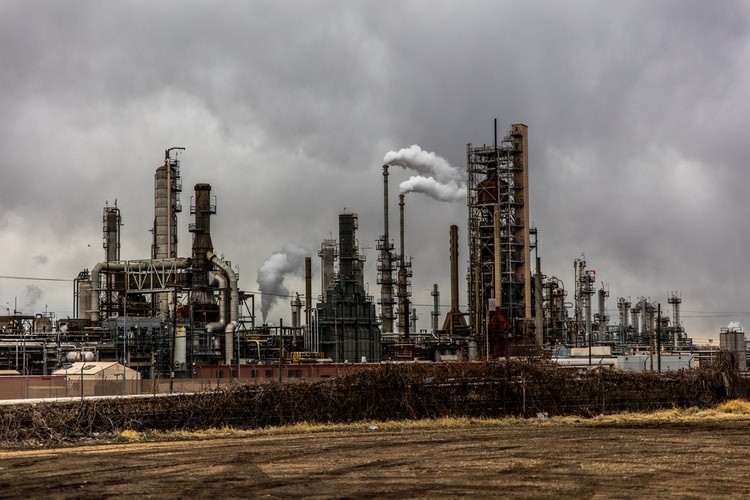A study conducted by a collaborative team of researchers under different academic institutions: the Texas A&M University, the Lawrence Livermore National Laboratory, and the Nanjing University, showed that the internal global temperature of the planet would inevitably rise by 2 degrees because of the greenhouse gases that we accumulated in the atmosphere for years.
Using a climate model, a team of scientists and researchers simulated the effects of greenhouse gases on the planet's temperature. The current geographical structure observation result showed a much higher (and more worrying) development compared to the ones they have previously taken.
The damning part of the entire study shows the extent of the greenhouse effect, one that is sped up by human activities - the continuous rapid release of greenhouse gases.
In a related article, The Artcic is Danger! 5 Infographics Showing the Alarming State of the Arctic
Greenhouse Effect
The greenhouse effect is a natural process that warms the planet. The critical thing to remember when learning about the greenhouse effect is how it occurs. When the sun's rays enter the atmosphere, some of it is reflected in space by various atmospheric conditions, i.e., low-level clouds, while the remaining heat gets absorbed by the planet.
It's kind of how like the transparent roof of a greenhouse helps reflect some of the sun's heat and keeps heat in.
This is sped up by naturally occurring greenhouse gases, including water vapor, carbon dioxide, methane, nitrous oxide, ozone, etc. This is a natural process. It helps keep the planet warm.
However, due to human activities, artificial chemicals are rapidly polluting the atmosphere exaggerating the natural rhythm of the greenhouse effect due to human activities. One of the most notorious among these synthetic chemicals is the CFC (chlorofluorocarbon).

Analyzing the Simulation
But, it should be noted that "the important thing to realize is that this has not yet happened - it is not in the historical record," said lead author Chen Zhou, a researcher at Nanjing University. "After accounting for this effect, the estimated future warming based on the historical record would be much higher than previous estimates."
However, based on their study results, humanity has most likely already produced enough carbon dioxide to allow the 2 degrees spike to inevitability. Possible. Fortunately, if Earth's net carbon emission continues dwindling, it might take centuries to exceed the 2-degree rise.
The majority of Earth's surface is warming up. However, many regions, including the Southern Ocean, seems to be unaffected by the global phenomena. Because of the improper heat distribution, the lack of heat leads to low clouds' formation in these regions.
These low clouds reflect sunlight into space and dramatically help the direly needed planet's cooling process. But, when the rapidly spiking global temperature overwhelms these locations, chances are the clouds will decrease in mass and numbers. The absence of these natural and quite literal sunblocks will allow the absorption of more sunlight, adding more and more heat to the planet's rapidly rising temperature.
Climate change is inevitable; global warming will continue. What we can do, though, is to make sure that it does not hasten because of abusive human activities.
READ NEXT: Agrivoltaics: The Answer to Water Demand, Carbon Emissions, and Rural Areas
For more news update about the climate change and similar topics, don't forget to follow Nature World News!
© 2026 NatureWorldNews.com All rights reserved. Do not reproduce without permission.





